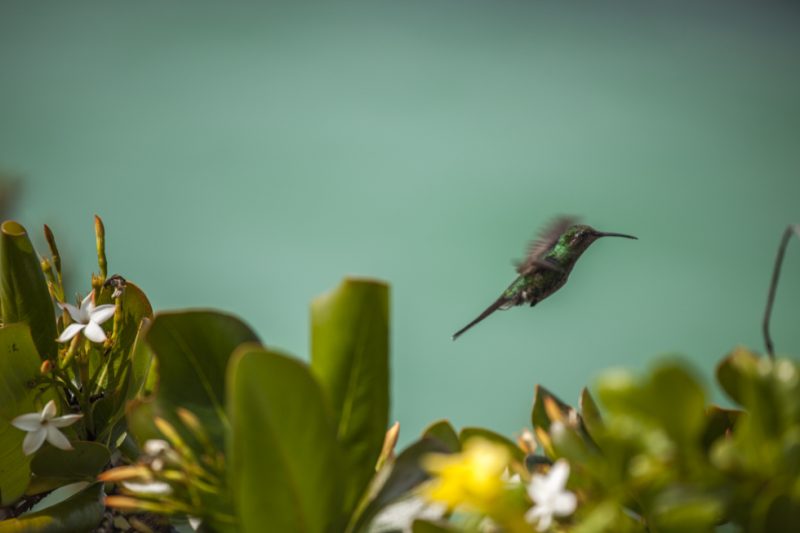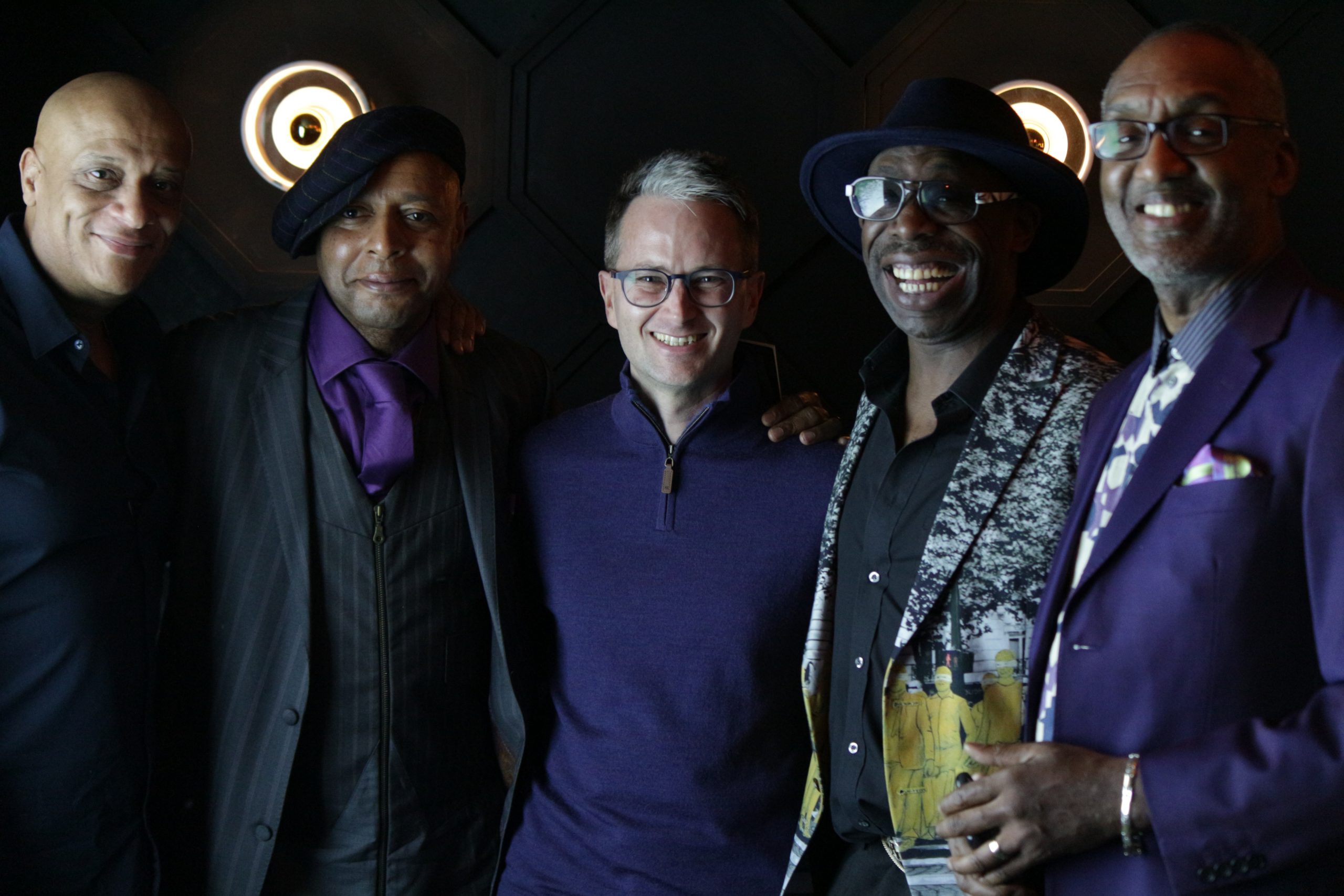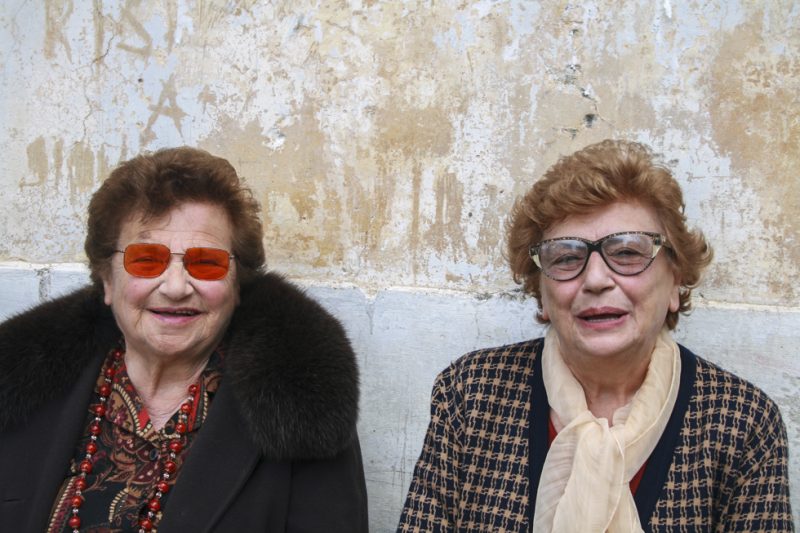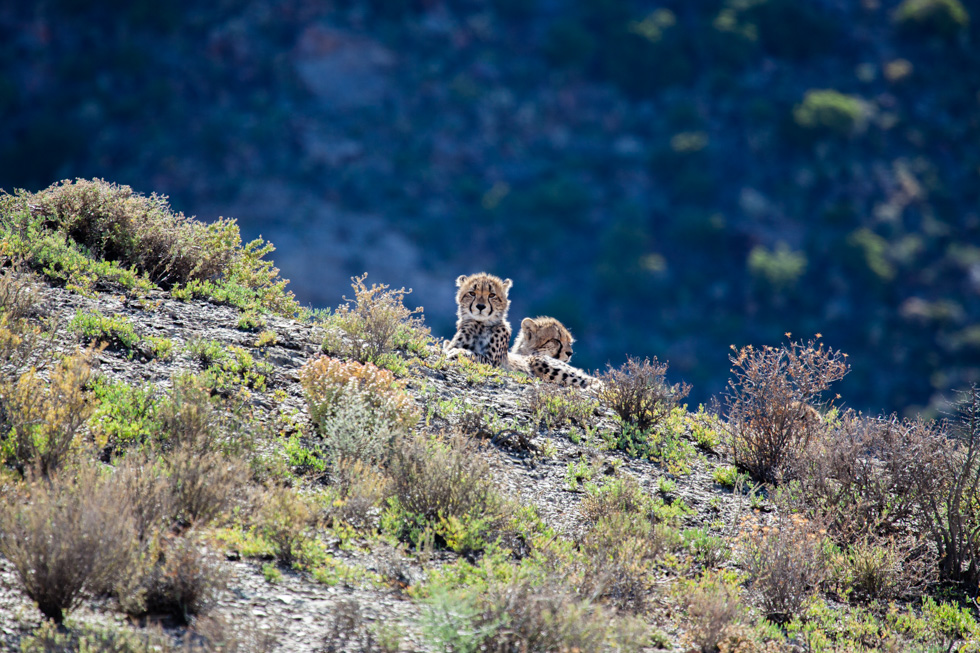What is the best lens for landscape photography?
I must state upfront that unfortunately I can’t definitively answer this question for you — you have to decide what’s best for you — but hopefully I can give you a few pointers, help you to ask some of the right questions, and give you my opinion about which lenses to avoid. I must also confess that I am most familiar with the Canon camera and lens systems so my particular recommendations will relate to Canon users; however, users of other systems can use my comments as a basis for their own research.
The answer to the question of which lens is “best” for landscape photography depends on a number of factors: (1) what camera body (or bodies) you have; (2) your total budget; (3) likely subjects to be photographed (will you be using it for other genres as well); (4) likely weather conditions to be encountered; and (5) personal obsession with perfection in terms of lens responsiveness, sharpness, clarity, contrast and the magical quality called “bokeh”.
(1) Cameras & Sensors
So, (1) what camera body (or bodies) you have. More specifically, whether your camera has a full frame 35 mm sensor or a APS-C or other cropped sensor. On Canon APS-C sensors the crop factor is 1.6, which means that if you use it with a prime lens of 24 mm you have to multiply 24 mm by 1.6 to give you the effective focal length for that equipment combination (i.e. about 38 mm). Obviously this affects the angle of view you can capture in your pictures, so bear this in mind when you think about which lens(es) to buy. If you are serious about achieving the best results in your landscape photography then I would strongly suggest that you invest in a full frame camera as this will enable you to use wide angle lenses to optimal effect and enjoy enhanced control over depth of field that cropped sensors can only envy. Full-frame cameras also give better performance in low-light conditions, which means you can turn up the ISO to a reasonably high level and still get acceptable results. If your budget stretches that far I would recommend the Canon EOS 5D Mark III – SLR Digital Camera (Body only); if you don’t have the money for the Mark III then consider getting the Mark II version — this is still a fantastic camera and you can pick them up for very reasonable prices secondhand. In what follows I will assume that you have a full frame camera available for your landscape work; if you don’t then you will need to take your camera’s sensor’s crop factor into account when making your buying decisions.
(2) Total Budget
Photography at the serious amateur, semi-pro and pro levels can be an expensive business. If you wanted to buy every lens Canon makes for the digital single lens reflex (DSLR) camera system it would cost you more than a hundred thousand pounds. I’m assuming you don’t have that kind of money to spend but even if you did you don’t need to! (See how I’ve saved you lots of money already …) In order to keep our sanity and our financial liquidity we need to proceed conservatively when it comes to equipment purchases. It is tempting to think that some expensive bit of kit will immediately make you a better photographer. This isn’t true: what makes you a good photographer is the ability to see things in interesting, personal ways; cameras and lenses (and all the other paraphernalia that go with them) are merely tools to help you realise your vision. If you don’t have the vision in the first place you could spend a lot of money recording a lot of boring pictures. So: buy only what you really need and learn how to make the most of it; if you find that you constantly come up against limitations in your equipment then it may be time to consider other purchases, but this shouldn’t be an automatic response (e.g. renting equipment for specific projects could be a more cost-effective strategy).
If you only have the budget for one lens then I would recommend you get the EF 24-70mm F/2.8L II USM Zoom Lens. This is a brilliant “workhorse” lens with a good focal range, from medium wide angle to medium telephoto on a full frame sensor. What do we mean by a “workhorse” lens? We mean a lens which, even if you had every other lens available, you would use about 70-80% of the time (sounds a bit like the old Pareto principle, doesn’t it?). Prime lenses (i.e. those lenses with only one focal length) traditionally have the best optical quality as they can be precision-engineered for that particular focal length (which is why quality often suffers the longer the focal range of a lens is, especially on cheaper options). However, the EF 24-70mm F/2.8L II USM Zoom Lens
has comparable quality to prime lenses in its focal range and the fact that you can use it for wide angle and medium telephoto work makes it much more flexible. If you wanted to capture more of a landscape than the 24 mm wide angle limit allows, but you don’t want to buy a wider angle lens, then you can use the 24-70 mm in portrait mode to create panoramic pictures (but this is a subject for another day).
The picture below, taken at Dungeness on the Kentish Coast, shows the 24-70 mm lens in action at 24 mm:
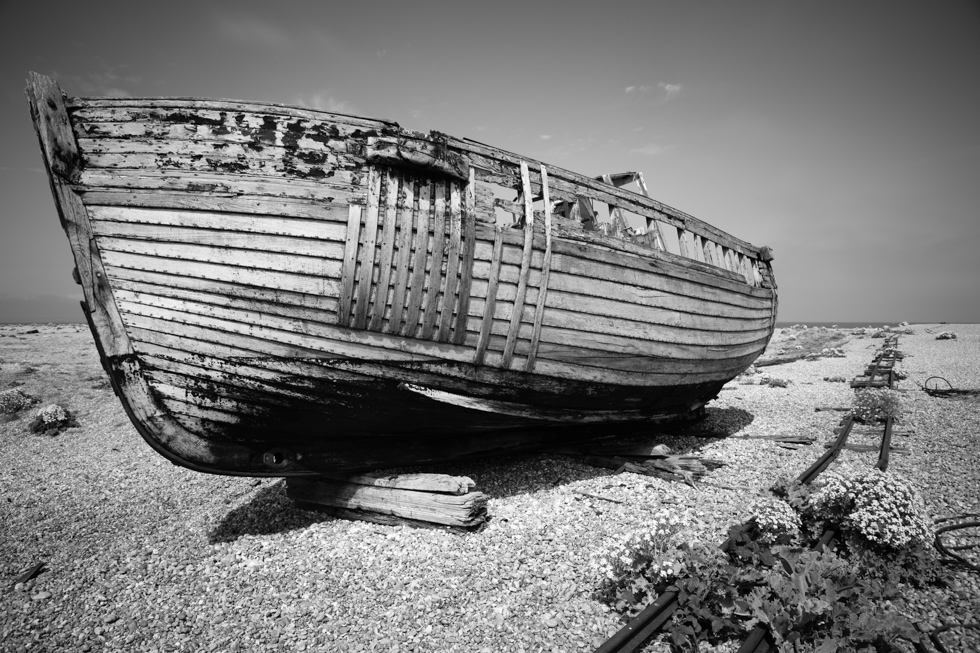
The image below — which was Highly Commended in the USA Landscape Photographer of the Year Competition in 2014 — was taken with a 100-400 mm telephoto lens at 400 mm. I wouldn’t recommend that you buy the 100-400 mm lens but it shows what can be done in the telephoto range:
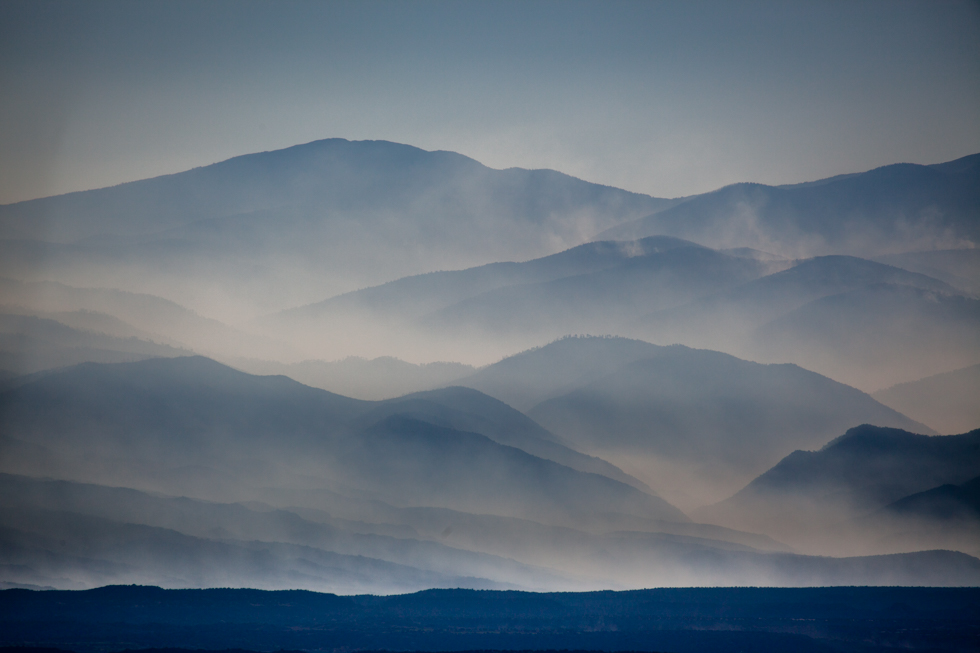
(3) Likely Subjects to be Photographed
I am assuming that you may want to photograph subjects other than landscapes on occasion, which is why the 24-200 mm range will cater for most of your needs (unless you are a serious birder or wildlife photographer, in which case you will need to think about super telephoto lenses in the range of 500-800 mm). But even if you are doing landscape work almost exclusively, having strong capability in the telephoto range is very useful, as discussed above.
But suppose now, further, that most of your work involves wide angle landscapes and that you don’t want to be constantly making panoramas with your other two lenses. What are your options now? This depends again on personal preference and budget. If your preference is to cover the range from 16 mm or 17 mm up to 24 mm then you need a wide angle zoom lens such as the Canon 16-35 mm / F 4,0 EF L IS USM Lens. However, if your preference is to possess one of the ultimate lenses for landscape photography, then I would suggest the Canon TS-E 17mm f/4.0 L (Tilt-Shift) Lens or the Canon TS-E 24mm f/3.5 L II Lens ( Wide 24mm focal length, ± 8.5° Tilt & ±12mm Shift). These are not cheap lenses but they are truly superb in terms of quality and sharpness. Tilt-Shift lenses make achieving sharpness throughout the image a relative doddle, compared to calculating hyperfocal distances, but this is a topic for another day. The image below of Sickle Moon Over Lindisfarne Castle, Northumberland, was made with the 17 mm Tilt-Shift lens and if you zoom in closely you can see that everything is in sharp focus throughout. The second image was taken on the same morning but this time with my 70-200 mm lens at 200 mm; you can see how this emphasises the imposing structure of the castle whereas the ultra wide angle emphasises the wide open sky (with the castle becoming just one more player in the wider unfolding drama of the celestial elements).
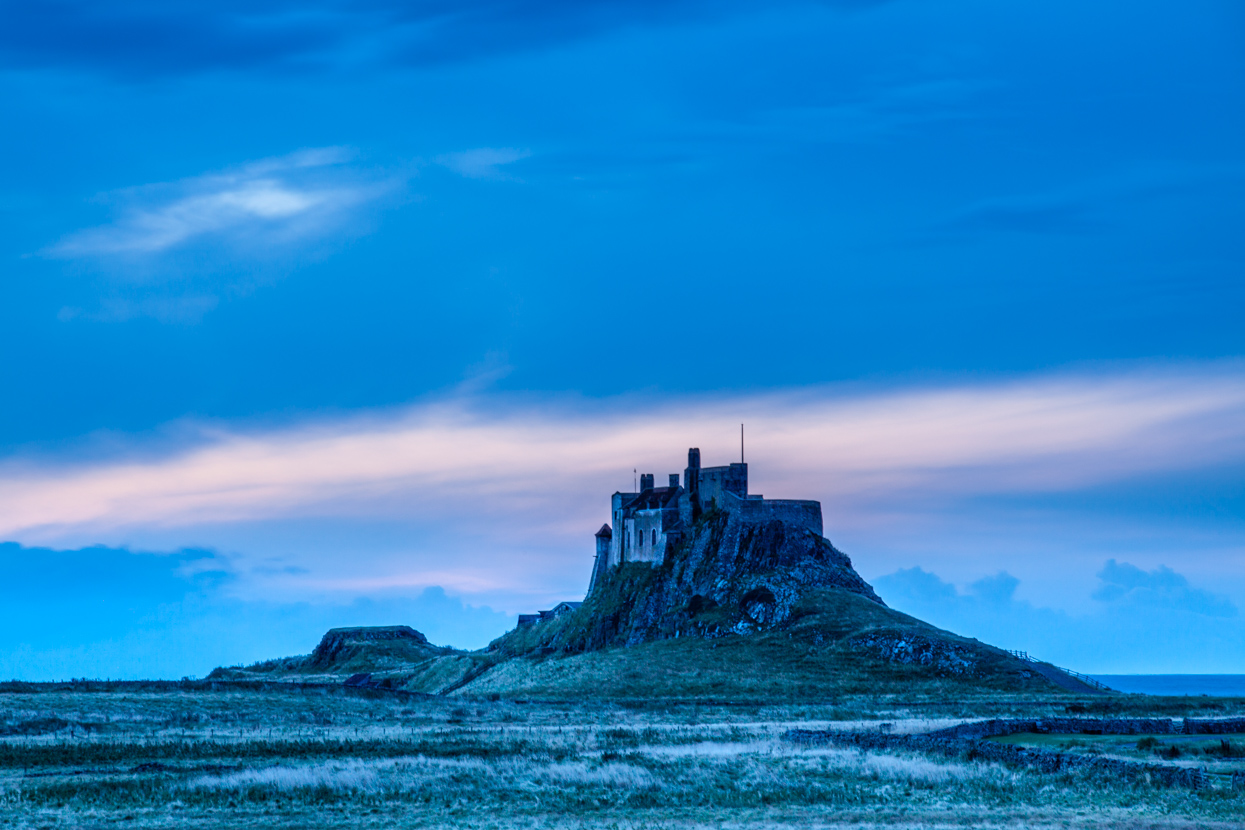
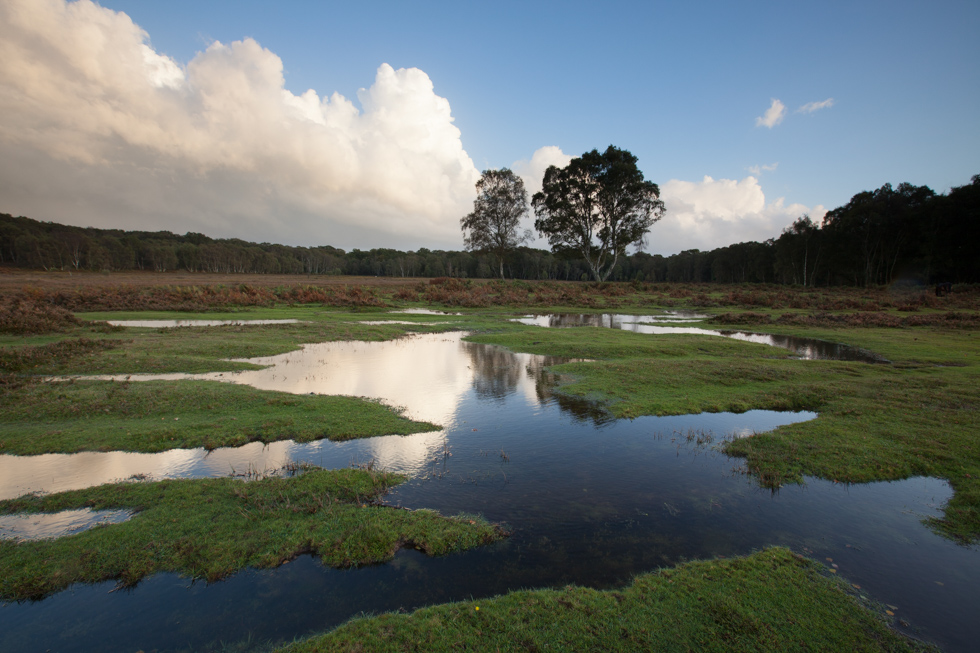
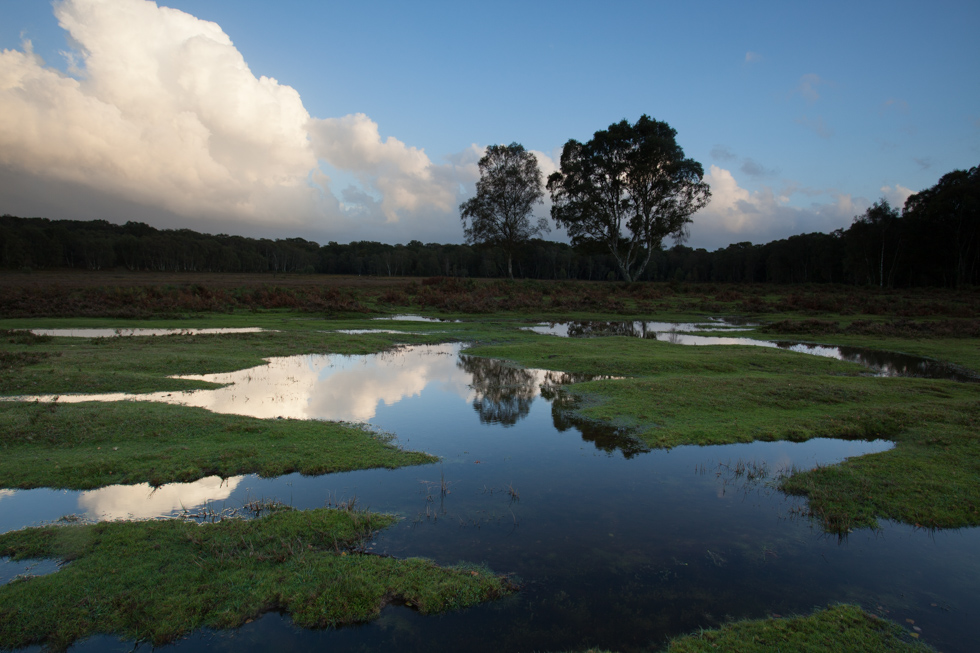
Here another picture from the New Forest taken with the Canon EF 16-35mm f/2.8L II USM Lens:

See this article for a further discussion and more sample images.
(4) Likely Weather Conditions to be Encountered
As landscape photographers we need to be able to work in adverse weather conditions. This means we need robust equipment that isn’t going to disintegrate at the first hints of dust or moisture. The lenses I mentioned above all fit this bill. Sadly there is no such thing as a free lunch; quality construction which enables a reasonable amount of weatherproofing comes at a premium. However, take good care of your quality lenses and they will serve you for a long time and you won’t feel tempted to change them on a regular basis because the results you achieve will be stunning compared to the inferior alternatives.
A note here on the use of UV filters to “protect” your expensive lenses. I have it on good authority (from David Noton, no less) that using UV filters in this way is unnecessary and could even be counterproductive (as they can make damage to the lens worse if it falls on the lens element). As a general rule, the less additional glass we have in front of our expensive lenses the better.
(5) Personal Obsession with Perfection
The lenses I’ve recommended above are all highly responsive and sharp, and deliver on clarity, contrast and the magical quality photographers call “bokeh”. Bokeh becomes very important when we are working with limited depth of field: it refers to the quality of the out-of-focus parts of the image. Bokeh is rendered by the lens, not the camera, and quality optical design counts here as everywhere else — unfortunately cheap lenses will let you down on the bokeh front. The image below of a Pied Kingfisher at Lake Baringo in Kenya was taken with a Canon EF 70-200mm F/2.8 L IS II USM Lens at F/6.3, while the picture of the mushroom on Holy Island in Northumberland was taken with the EF 24-70mm F/2.8L II USM Zoom Lens at F/3.2. You can see that in both cases the out-of-focus areas have a pleasing effect with no jagged, harsh edges. You can read more about bokeh here.
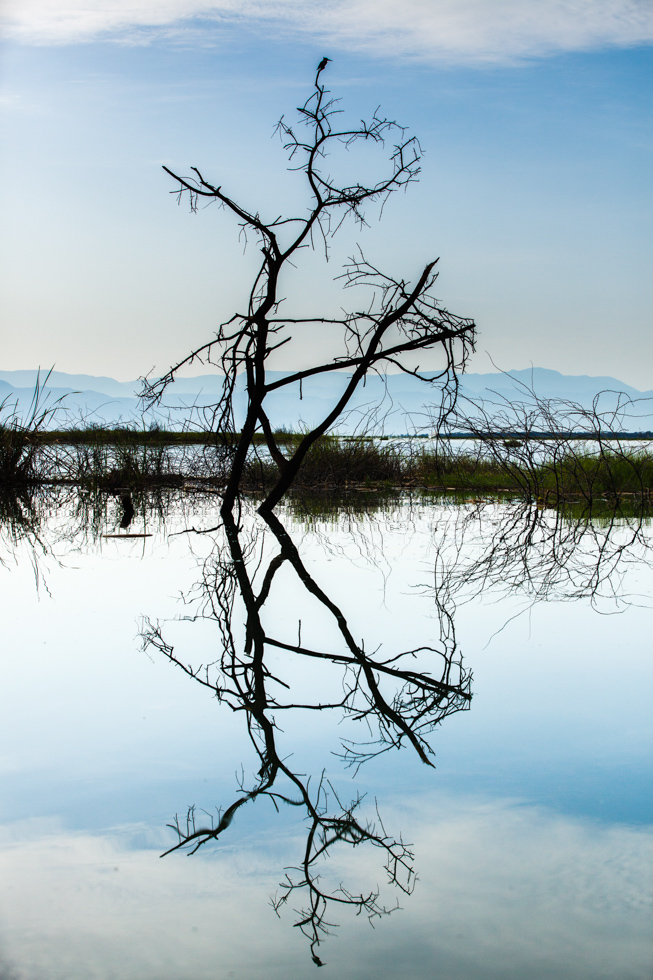

Summary
In summary, then, my recommendations for landscape photography lenses are as follows:
buy the EF 24-70mm F/2.8L II USM Zoom Lens first, then the Canon EF 70-200mm F/2.8 L IS II USM Lens, and then the Canon 16-35 mm / F 4,0 EF L IS USM Lens and/or one (or both) of the Tilt-Shift lenses mentioned above, depending on budget and likely use. There is nothing worse than a good lens languishing in a cupboard at home; I’m sure you’ll find you use your 24-70 and 70-200 lenses a lot, whatever else you decide to buy.

